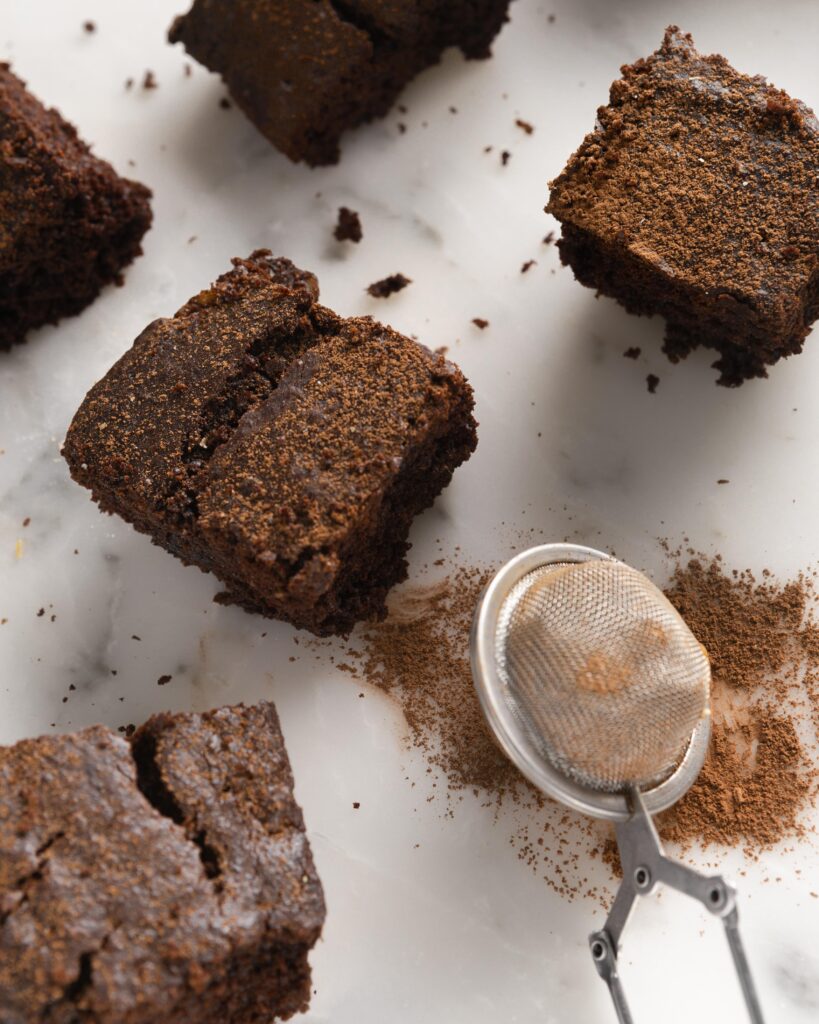Hash brownies are a popular type of edible that blends the rich, indulgent flavor of brownies with the potent effects of hashish. For cannabis enthusiasts and curious beginners, they offer a unique way to enjoy the benefits of cannabis discreetly and deliciously.

What Is Hash?
Hashish, often referred to as hash, is a concentrated cannabis product made by collecting and compressing the plant’s resin glands (trichomes). It is much more potent than cannabis flower and is used in various forms, including edibles, for its strong effects.
Key Features of Hash:
- Potency: Hash contains significantly higher levels of THC than cannabis flower.
- Versatility: It can be smoked, vaporized, or infused into oils and butter for cooking.
- Forms: Found as kief, resin, or pressed into solid blocks.
For healthier alternatives in baking, check out using Greek yogurt in recipes.
How Hash Is Used in Brownies
Hash elevates the experience of classic brownies, offering a more potent and longer-lasting effect. Its ability to blend seamlessly into butter or oil makes it a convenient choice for creating cannabis-infused desserts.
Benefits of Using Hash:
- Concentrated THC: A small amount of hash can provide a strong dose of cannabinoids.
- Flavor Compatibility: Chocolate’s rich flavor masks the earthy notes of hash.
- Ease of Infusion: Hash dissolves well into butter or oil, making it easy to incorporate into recipes.
For more tips on improving your recipes, explore why resting batter before baking is beneficial.
Hashish, often referred to as hashish, is a concentrated cannabis product made by collecting and compressing the plant’s resin glands (trichomes).
How to Make Hash Brownies
Making hash brownies at home is straightforward if you follow the right steps.
Ingredients:
- 3 grams of decarboxylated hash
- ½ cup unsalted butter or oil
- 200 grams dark chocolate (70% cocoa or higher)
- 1 cup sugar
- 2 large eggs
- 1 cup all-purpose flour
- 1 tsp vanilla extract
- ½ tsp salt
Instructions:
- Activate the Hash:
Decarboxylate the hash by baking it at 240°F for 30–40 minutes to activate THC. - Infuse Butter or Oil:
Melt the butter over low heat and stir in the hash for 30 minutes. Strain to remove solid particles. - Prepare Batter:
Combine melted chocolate, infused butter, sugar, eggs, and vanilla. Gradually fold in flour and salt. - Bake:
Pour the batter into a greased pan and bake at 350°F for 25–30 minutes. Cool before slicing.
Effects of Hash Edibles
Edibles like hash brownies differ significantly from smoking or vaping cannabis.
What to Expect:
- Delayed Effects: Onset occurs 30–90 minutes after consumption.
- Longer Duration: Effects can last 4–6 hours or more.
- Typical Effects: Relaxation, heightened sensory perception, and euphoria.
Dosage Guide for Beginners
Recommendations:
- Start with 0.1–0.2 grams of hash per serving.
- Wait 1–2 hours before consuming more to gauge effects.
Variations to Try
Vegan Brownies:
- Replace butter with coconut oil.
- Use flax eggs as an egg substitute.
Gluten-Free Option:
- Substitute all-purpose flour with almond flour or a gluten-free baking mix.
FAQs
1. How are hash brownies different from weed brownies?
Hash brownies use concentrated cannabis resin, making them more potent than those made with flower.
2. Can you taste hash in brownies?
The earthy flavor of hash is subtle and often masked by the chocolate.
3. What is decarboxylation, and why is it important?
Decarboxylation activates THC in hash, making it psychoactive when consumed.
Final Thoughts
Hash brownies are a delicious way to experience the effects of cannabis. By understanding how to prepare hash, infuse it into recipes, and dose responsibly, you can create edibles that are enjoyable and effective. For more dessert inspiration, check out Heavenly Hash Brownies to expand your edible repertoire.
